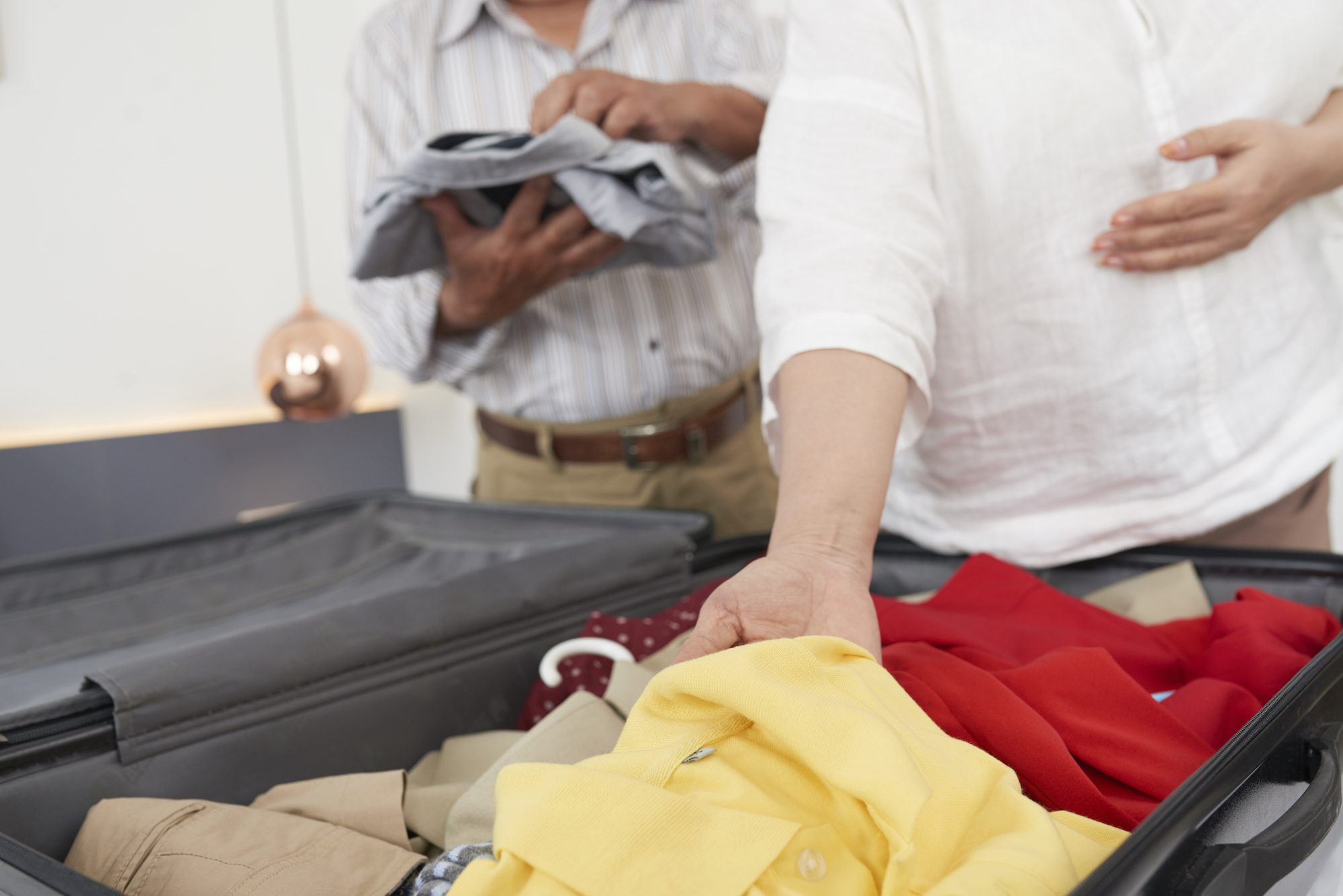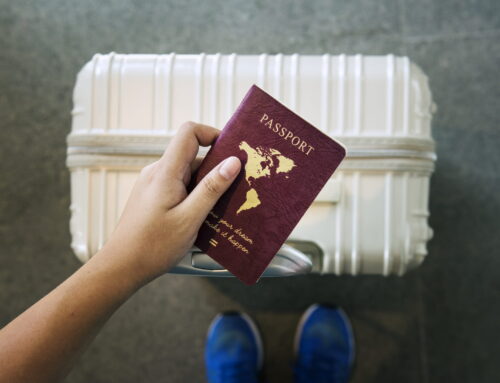You’ve got your visas, your apartment is ready and waiting for you, the kids’ schools are chosen and flights are booked and approaching. Now… what to pack for a 3 to 4 year term traveling to a country that is quite unique and different from your own. Japan is a very developed nation and the majority of products you need in your daily life are available, however there are some recommended items for you not to forget to make sure that you can hit the ground running once you arrive. Here are our ‘top 10 not to forget’.
- Souvenirs: The Japanese take their gift-giving seriously. When moving into the country, early on you will be meeting a number of people that will be playing a role in your lives. Whether it be your new neighbors, staff, business partners and important clients to name a few, a small gift from your home country will go a long way in forming a strong bond and making a great impression;
- Toiletries: Everyone has their go-to brands for toothpaste, deodorant, shampoo, etc. Well, chances are it’s not in Japan, and if you do find it you’ll be shocked by the markups. Local products are often milder than western goods and will take time getting used to. So, if you want to keep your normal hygiene product routine, definitely recommend bringing lots and lots;
- Power Adaptor: Japan has a standard voltage of 100V with a frequency of 50/60Hz. Outlets are fit for two flat prongs. Should you be coming from the Americas (majority of countries-please double check) you will be able to use your electric devices no problem, however sometimes you may notice a slight performance difference. If you’re coming from other parts of the world including Europe, Asia, Oceania, you will need a power adaptor. Best to pick a few up before you depart just to make things less stressful at the start;
- Books/Magazines: Japan has a massive reading culture and in fact has one of the highest newspaper circulations in the world, which is great and all, however as you will quickly be finding out, it’s predominantly all Japanese. There are daily English newspapers such as the Japan Times, Daily Mainichi and Asahi Shimbun, however English books are much tougher to come by and magazines can cost you an arm and a leg. Recommended to bring a few books and magazines that you’ve got on your list to read. It helps with gradual adjustment;
- Favorite sweets/snacks: Japanese cuisine is famous around the world and you will realize when you get here that you haven’t seen nothing yet. This said, their sweets and snacks are often not aligned with the western palate’s desires. Chips/Crisps, chocolate bars, mints and candies are quite unique and are tasty once you’re used to them, however at first are not satisfying. To help overcome any potential homesickness, definitely recommended to pack a secret bag dedicated to your sweet and salty fixes.
- Cash: Though there have been some strides made in recent years with payment by credit card, cash still remains king in Japan, until at least you’re established in-country. Once you’ve got your bank account up and your Suica/Pasmo cards charged, you’ll recognize that you can get by mostly with e-payment, however up until then, it is recommended to be carrying some yen with you. Also at the beginning of your time here, cash is easiest for smooth transactions where you likely won’t be speaking the same language as your servers and clerks;
- Medicine: This is one to pay special attention to. Before packing your medication, make sure that you are allowed to bring it into Japan. What may be an over-the-counter product in your home country, may be prohibited in Japan. So that your first impression here is not having a security issue, best to play this one extra safe. For a bottle of aspirin, or antihistamines, or a small amount of prescription drugs, in most cases no special permission is needed, however if you are bringing in a larger supply best to ask if approval is needed. Take a look through this valuable FAQ link from Japan’s MHLW to make sure you’re in the clear.
- Laceless shoes: The fact that it can be difficult to find larger sized shoes and clothing in Japan continues to exist and is something to prepare for, however laceless shoes, you will recognize will make your life a lot easier. The Japanese take their footwear very seriously and have a different set of footwear for many different daily tasks. With this comes the need to take off and put on your shoes quite a bit. With the small spaces in Japan, it is best that this process can be done quickly, with just slipping in and out of shoes rather than laces. Seems like a minor one, but it really helps;
- Clothes: Still less than 2% of Japan’s population is foreign, and due to this, the majority of its available clothing is targeted towards the Japanese physique. Younger Japanese are growing taller and bigger than their elders, however still are not quite to the same size as westerners. Best to plan ahead for this so that you’re not just limited to the big & tall stores for shopping here. Also best to take into consideration the distant features of each of the seasons to best prepare;
- PCs: Though you may be thinking of waiting until you get to Japan, in all its high-tech glory, to purchase PCs for you and the family, best to purchase ahead of schedule in your home country before getting on the plane. Though foreign-language computers are available for purchase, it can take you time to find and can cause some initial headaches.


